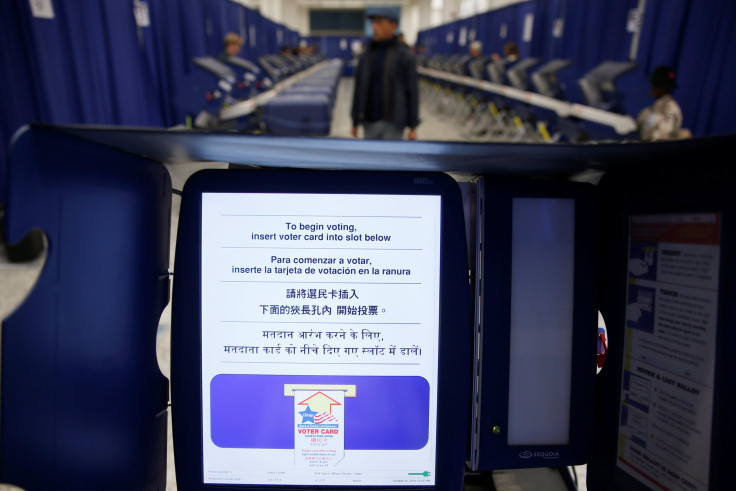How Votes Are Counted: All You Need To Know About How The Race For President Will Unfold On Election Night 2016

Americans across the country will be glued to their television sets Tuesday night as the polls close on Election Day waiting for each snippet of information suggesting who will be moving into the White House in January.
Suddenly the eyes of the country will be on thousands of officials responsible for collecting, counting, transporting and reporting the votes that will make either Donald Trump or Hillary Clinton the leader of the free world.
Given Trump’s repeated claims of a “rigged” election, there will be even more scrutiny than ever on these largely unknown individuals. So how exactly does a vote go from the ballot box to being officially tallied?
The Process Has Changed And Varies Across The Country
Since the 2000 election and the “hanging-chad” controversy, there has been a move across the country toward increased technology in the voting process. Many people will be entering their vote directly into computers on Election Day, however, the majority will still be using paper ballots. The discrepancies between precincts do not end there. There are two kinds of paper ballot systems, optical-scan, which allows the ballots to be tabulated by scanning devices, and those that still rely on hand-counting.
Counting The VotesOnce the polls are closed, the boxes containing the ballots are sealed and often transported to centrally located counting centers. This is done under strict surveillance and in some larger counties, such as Los Angeles County, the ballots are taken via helicopter, further demonstrating that speed is of the essence on Election Night. In some locations, optical-scan ballots are also transported before being tabulated.
Recording The Votes
In order that viewers can be on the pulse of incoming results throughout Election Night, counties must send vote data at regular intervals. The time intervals can vary from every hour in small counties to every 15 minutes in the larger ones.
Checking For Accuracy
With the advent of technology has come increased concern about how to ensure the accuracy of votes. Some early voters have recorded instances of electronic machines flipping the vote they had selected. Certain precincts have attempted to negate this problem by also keeping a paper record of electronic ballots. These can be used for audits of a small percentage of ballots to check that the totals match up and in some cases indicate whether there is a need for a recount.
Some audits also take place for optical-scan ballots. However, 17 states do not have post-election audits and four others only conduct them in certain circumstance, according to the National Conference of State Legislatures. The inconsistent level of auditing has been criticized by VerifiedVoting.org, a non-profit organization that advocates for best practices in elections.
After Election Night
Even after the results are reported on Election Night, the process is far from over. Indeed, the outcome of an election is not official until every county has completed an official canvass of the vote count, often several weeks after the election. Once that is done, there is still another step to go through. That comes when each state’s Electoral College meets to cast its vote for the winning candidate. This takes place on the first Monday after the second Wednesday in December, which this year falls on Dec. 19.
© Copyright IBTimes 2025. All rights reserved.





















